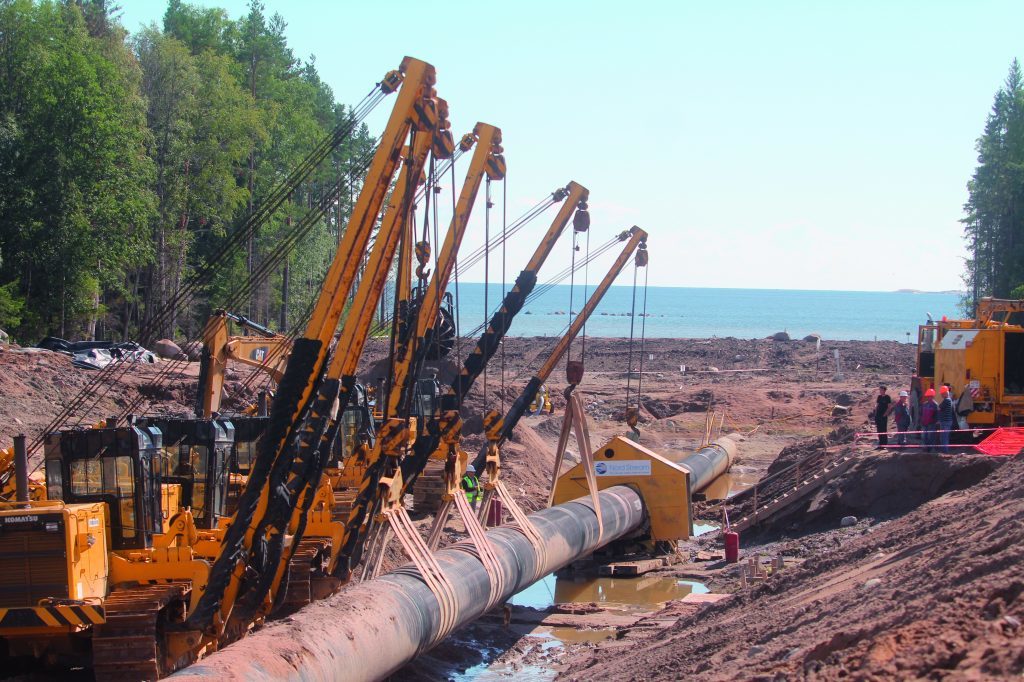
A production cap on the earthquake-stricken Groningen gas field proves the need for Europe’s controversial Nordstream 2 pipeline, according to a leading analyst.
The Dutch regulator recently recommended an annual limit of 12 billion cubic metres (bcm) for Groningen – the continent’s largest natural gas field – down by 60% on 2014 levels.
Dr Kirsten Westphal, from the German Institute for International and Security Affairs, says the field’s already significant reductions,with a 21bcm limit at present, is the “most pressing issue” to energy security in northwest Europe.
Production cuts are in place following dozens of heavy earthquakes in the region, brought on by mining.
A 3.4 magnitude earthquake hit the area in January, the largest in years.
Industrial parts of northwest Germany are reliant on the Groningen gas, and production cuts show the need for the Nordstream 2 project, according to Dr Westphal.
Nordstream 2 is a 1,200km natural gas pipeline running from Russia across the Baltic Sea, with an exit point at Griefswald in Germany.
Opponents have argued it provides Russia with too much power over Europe’s energy mix, bypassing transit countries such as Ukraine and Poland.
However, Dr Westphal believes recent events have shown the need for such a project.
“What is backing the argument that this pipeline is needed as a direct link into the biggest market in Europe is Groningen.
“The developments in Groningen are the most pressing energy security concern in north west Germany and north west Europe. The cap is now at 21 bcm annually and discussions are centring around 12 already.
“That’s really an issue and you hear the opinion that if we hadn’t a Nordstream 2 with the pipes 3/4 projected, we would get back to Moscow anyway and ask them to build at least one strand of Nordstream 2.”
Dr Westphal was clear that she thought the pipeline is politically motivated by Russia to avoid transit countries such as Ukraine, but added the economic benefits should not be ignored.
She does not think the development puts Germany’s energy mix at risk, with strong supplies of gas from Norway projected for the coming years.
“The question mark is in the future when we might see a tighter market supply situation, but at the moment I would say we have a lot of fallback capacity by importing LNG (liquified natural gas).
“Germany is well connected to LNG terminals in the Netherlands and in France.
“My reading would be that he ‘base load’ of gas supplies is coming from Russian and Norwegian gas but you have LNG as a fallback which is more expensive.”

